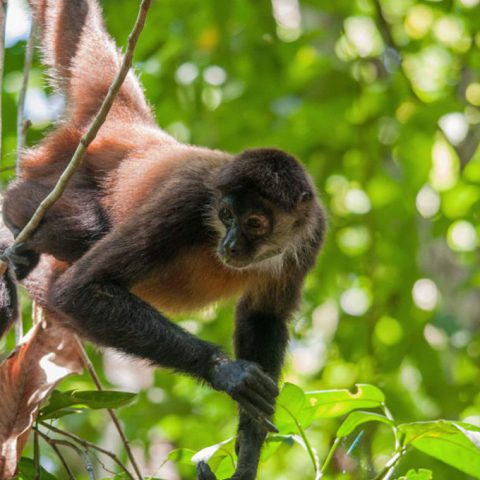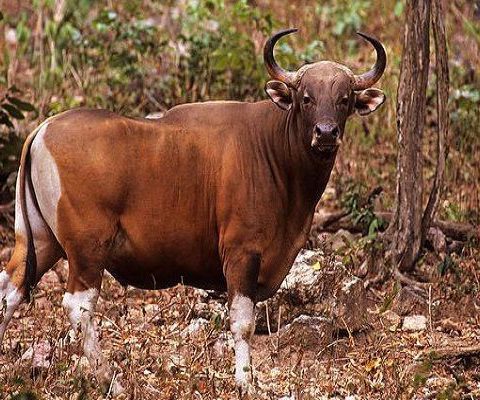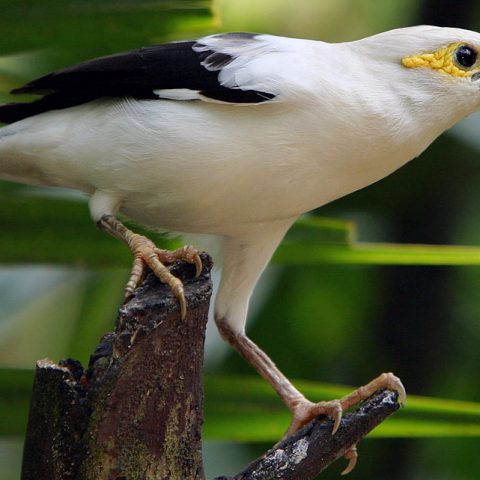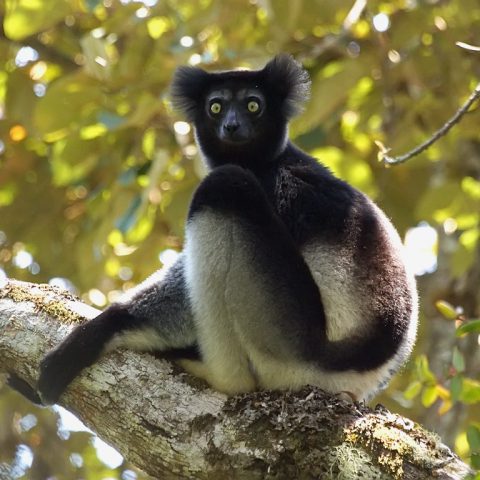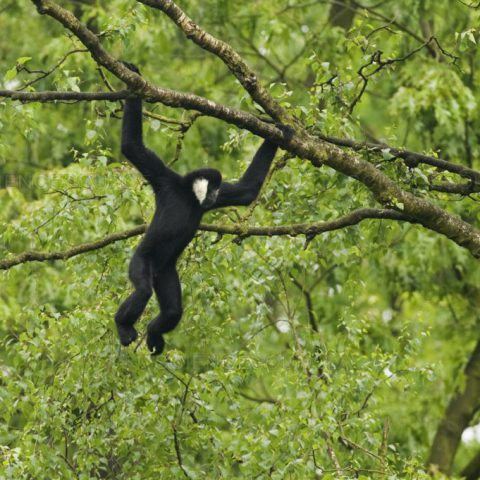Addax
![]() Critically Endangered
Critically Endangered
Population
Less than 100 remain in the wild
Size
95 to 115 centimetres tall
Weight
60 to 125 kilograms
Countries
Chad, Niger and Mauritania
Population
The total wild population of the Addax was estimated to be less than 300 as of 2013. Today the wild population is not known, but it is estimated to be less than 100.
There is a strong captive population of the Addax throughout the world. Throughout Europe, Israel, Libya, Egypt, North America, Japan and Australia, there are over 600 Addax in captive breeding programmes. There are also around another 1,000 in private collections through the world.
Distribution
The Addax is distributed throughout arid regions, semideserts and sandy, stony deserts and have been known to be found in extremely arid areas.
Currently the only self-sustaining population of Addax is found in the Termit Massit Reserve in Niger, but sightings are reported in the Air Mountains and Bodele, Chad as well as very rarely in southern Algeria and Libya and is rumored to be found along the Mali/Mauritania border, however no confirmations have been made for this.
The species is currently being reintroduced into Morocco and Tunisia as a mean to increase the wild population and bring the species back from the brink of extinction.
Description
- Spiral horns ranging from 55 to 85 centimetres in length. The longest ever records was 109.2 centimetres!
- The Addax’s coat varies in colour with the season, with winter being greyish-brown with white hindquarters and legs to go with brown hair on the head, neck and shoulders, while during the summer the coat turns white or sandy blonde
- The head is marked with brown or black patches which form an X over their noses
- The species sports scraggly beards
- The animals hooves are broad with flat soles and sport strong dewclaws to aid in walking in the soft sand


Quick Facts

- The Addax is mainly a nocturnal animal, especially so in the summer. During the day they dig into the sand in shady locations to keep cool and safe from sandstorms
- Herds contain both males and females ranging from 5 to 20 animals. The herd generally stays in place and only wanders to search for food
- Strong social structures are in place which are based on age with the oldest female leading the herd
- Herds are more likely to be found along the northern edge of the tropical rain system during the summer and move north as winter falls
- Males are territorial and will guard females
- The species can survive without almost indefinitely, as they get moisture from their food and dew on plants. They have other features which helps them survive super dry conditions, such as a water storing lining in the stomach as well as highly concentrated urine to help conserve water
- The species becomes sexually mature at 2 to 3 years of age. The species has a gestation period which ranges between 257 to 270 days

The Addax diet includes:
- Grasses
- Leaves
- Shrubs
- Herbs
- Bushes
The species is a grazer, and have the favourite foods of aristida, panicum and stipagrotis. The leaves that the species eat are from acacia trees if the grasses are not available.

The habitat of the Addax is found in arid, sandy & stony deserts. The only known self-sustaining population in the wild is found in Termit Massif Reserve in Niger., but the species is also sighted in the eastern Air Mountains in Niger and Bodeje in Chad.

The species has been in constant decline since the mid-1800s as a result of being overhunted. This is restricting the species range and due to living in difficult environments, the range is key for the species numbers.
The species is very easy to hunt since they have slow movements. With roadkill, hunting and nomadic settlements popping up near populations, the species is slowly running out of places to survive. Hunting however is the big issues, the species meat and leather are very highly sought after.
Other threats that also impact the species chronic desert droughts and habitat destruction.
Conservation Efforts
There are not many conservation efforts for the Addax. One very effective conservation effort is in Souss-Massa National Park. In this national park, which is not within the species historically range, animals have been release into the wild where a breeding program is in place. From here when the numbers increase, animals are released into the wild where wild populations are found.



